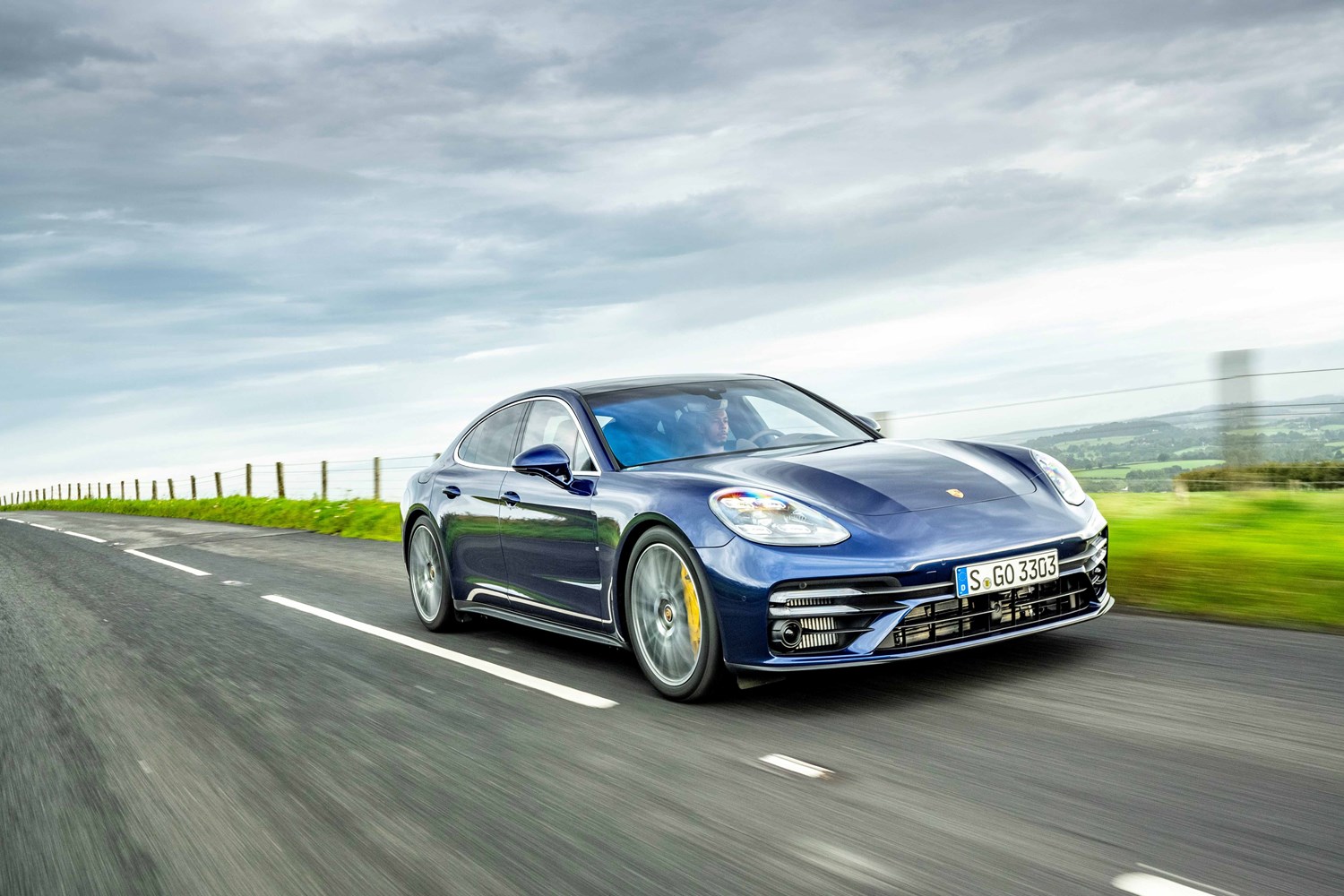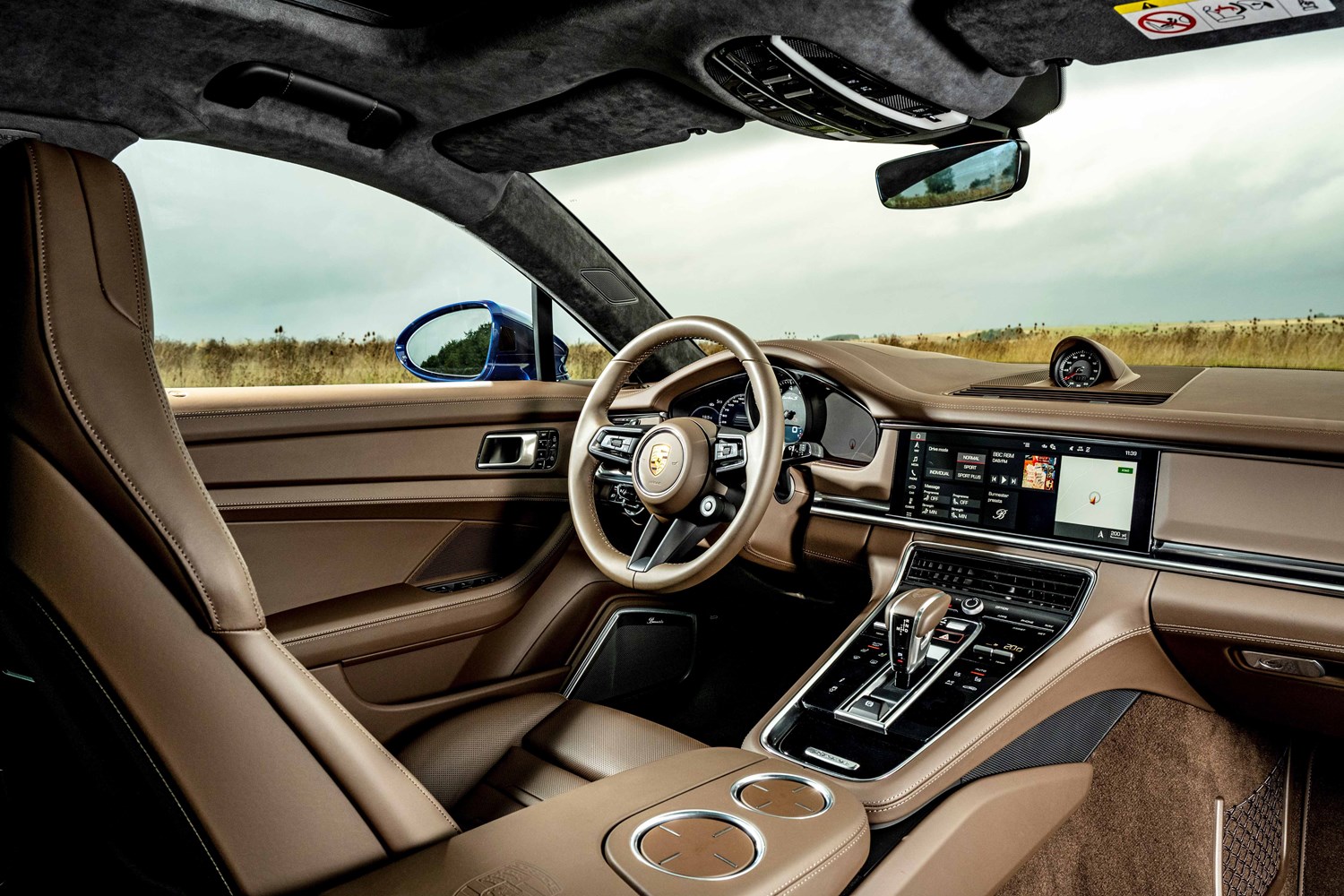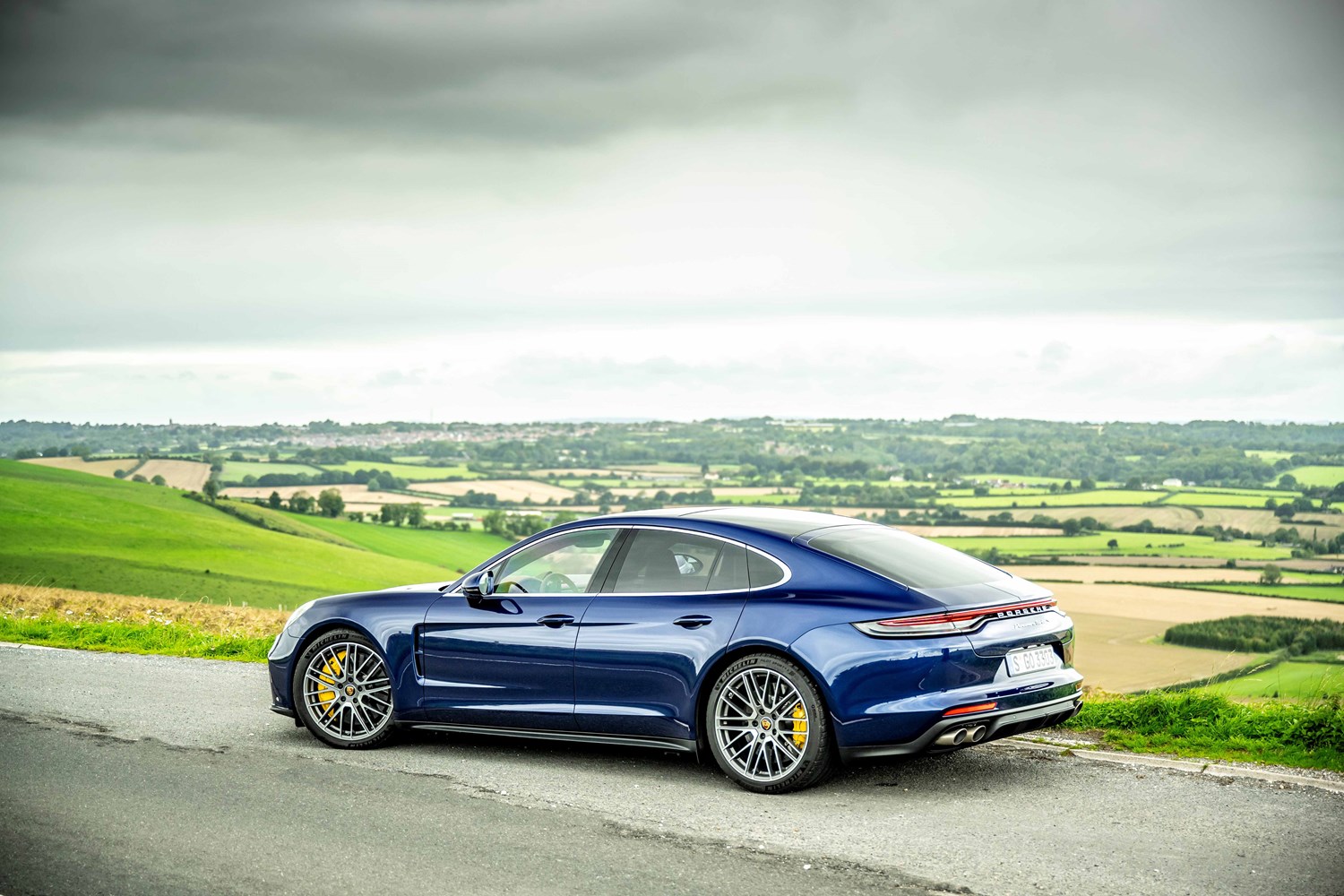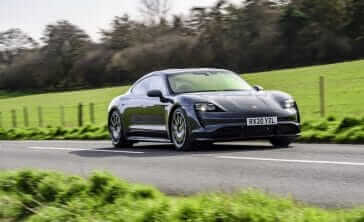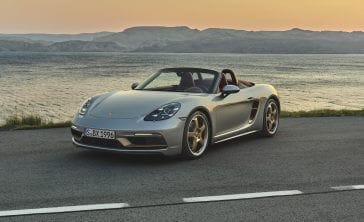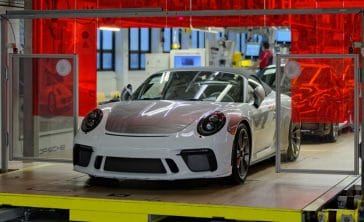Model review
Up until the early 2000s, Porsche’s speciality was always sports cars – that was all it ever sold. But as the brand looked to make the most of its potential and increase its sales, the German brand introduced its Cayenne in 2003 as its first SUV – a move that sent shockwaves through the system.
And then in 2009 Porsche introduced a new four-door model – the Panamera. While designed to be a four-door version of the 911, it was a bit of an ugly duckling in the Porsche range – lacking the sleek design expected. But one thing it wasn’t was a failure, with buyers lapping it up as an alternative to a conventional luxury model, and Porsche ensuring it remained great to drive. A choice of performance petrol models were joined by diesel options, along with hybrid models – Porsche being quite early to the electrified scene in this respect.
In 2016, though, things improved dramatically when Porsche lifted the lid on a new second-generation model – which brought a much more stylish design, an increase in size and a whole host of technological developments – not least its new 12.3-inch touchscreen. It would be followed by a cool new Sport Turismo model, bringing a stunning Shooting Brake-style design.
Latest model
Porsche updated its Panamera in 2020, though it was quite light revisions. Highlights include the standard fitment of the once-optional Sport Design front end – bringing larger air intakes and side cooling openings, along with revised LED lighting at the rear.
The suspension was also tweaked, while the flagship Turbo S petrol model received a 79bhp and 50Nm performance boost – meaning it now produces 621bhp and 820Nm of torque. GTS models also receive a 20bhp boost in power, while Porsche has also increased the size of the battery on E-Hybrid models from 14.1kWh to 17.9kWh – giving them a longer range and improved efficiency.
Value for money
A Porsche is unlikely to be bought for its value for money, and given prices start from around £70,000, this is not a cheap car. That said, you’re unlikely to be disappointed with the quality or performance on offer – even on ‘entry-level’ models. Prices do rise significantly, though, as you go up through the line-up, with flagship Turbo S models costing an eye-watering £135,000, even before you consider any optional extras.
Standard equipment also isn’t the most generous, though you do get a 10-speaker sound system, electric front seats and 19-inch alloy wheels included, though missing out on some features you might expect on a car of this price – such as adaptive cruise control and full leather upholstery.
If you’re looking at a used Panamera, early first-generation examples start from under £20,000, though prices of current models are remaining firm – three-year-old examples still being worth around £50,000. You’re unlikely to get a saving by electing for a nearly-new model, either.
Looks and image
While the first Panamera might not have been particularly stylish, we reckon Porsche nailed the design of the current model – bringing a much more striking and sleek design. An extensive colour and personalisation programme makes it easy to spec a unique Panamera if you’re going down the new route. We also can’t forget the arguably even better-looking Sport Turismo version, which ushers in a cool shooting brake-style design, and makes it even more attractive.
The cabin of the Panamera is also superb, as despite its sporting prowess it has a very luxurious feel throughout and a combination of top-grade materials making the cabin feel truly special. Glass buttons give it a modern design, while the well-integrated 12.3-inch media system is largely fantastic.
Behind the wheel the Panamera delights, too, and is really the best thing about this Porsche above all its other great attributes. The steering is superb and perfectly judged – being light enough around town but superbly weighted at higher speeds, with a range of options available to adjust the settings of the car. Strong performance across all powertrains add to the appeal as well, not least on the monstrous Turbo S cars. The only downside is that at slow speeds the Panamera isn’t the easiest to manoeuvre, it feels as big to drive as it is.
Space and practicality
The ideal of a practical Porsche might seem strange, but that’s what the Panamera is. Granted it’s not the most practical car in this segment, but with a 495-litre boot in the hatchback, there’s no shortage of room. If you require something a bit roomier, there is the estate car-like Sport Turismo model, which offers a more spacious shape, though the size of the boot only increases marginally to 520 litres.
There’s also enough rear space for adults, if not quite as much legroom and headroom as you may find in conventional luxury cars. You can also choose a more premium-feeling four-seat layout, as opposed to the standard five-seat option.
Engines
While Porsche briefly introduced a diesel engine option on the latest Panamera, the line-up today includes just petrol and plug-in hybrid options, which all use eight-speed automatic gearboxes.
The standard ‘Panamera’ kicks off the range, which utilises a turbocharged 2.9-litre V6 petrol engine producing 325bhp, though even this can sprint to 60mph in just 5.4 seconds and reach a top speed of 168mph. A ‘Panamera 4’ option brings power to all four wheels using the same engine. The ‘4 E-Hybrid’ is the most affordable plug-in hybrid option, and combines the 4’s powertrain with an electric motor and 17.9kWh battery – producing 456bhp in all.
Next up is a 4S model, which features the same 2.9-litre V6 petrol engine, but increases power to 434bhp – reducing the 0-60mph time to 4.1 seconds and increasing the top speed to 183mph. A 4S E-Hybrid combines this engine with electrification to produce a total of 552bhp – meaning 0-60mph takes just 3.5 seconds.
Following this we move to the true performance models – which use a larger 4.0-litre V8 engine. First up is the driver-focused GTS model, which produces 473bhp, followed by the monstrous Turbo S model, which delivers a mammoth 621bhp, allowing for a 0-60mph time of just three seconds and a top speed of 196mph. This model is also ripe for electrification, as a Turbo S E-Hybrid model heads up the range – producing a remarkable 690bhp and sharing performance figures with the sole combustion model.
Running costs
If you’re looking to keep your running costs down, the plug-in hybrid models are undoubtedly the ones to go for. Keep the batteries charged and Porsche claims it can travel for 34 miles on electricity – allowing for a fuel economy figure of up to 141.2mpg and CO2 emissions as low as 45g/km in the case of the E-Hybrid.
Petrol models on their own are very thirsty – all offering high CO2 emissions and fuel economy figures around 25mpg.
If you do a lot of miles each year, it could be worth rooting out a discontinued diesel option, which utilised a 4.0-litre diesel engine, but Porsche claimed it could still return 40mpg, with CO2 emissions of 265g/km.
Just be aware that regardless of the model you go for, insurance premiums will be steep, while servicing costs will not be cheap either.
Things to look out for
The Panamera isn’t a particularly big-seller, so not a huge amount is known about its reliability, though the brand’s models are known to be well-built and should largely prove trouble-free.
Just be aware that bills for repairs won’t be cheap, so it could be worth considering a used car warranty for additional peace of mind.
Rivals
This Porsche Panamera sits in a middle ground between a conventional luxury car and sports saloon, though models such as the Mercedes AMG GT 4dr and BMW 8 Series Gran Coupe are its closest rivals. If you’re looking at the Panamera for its sporting credentials, consider an Audi RS6, Mercedes-AMG E63 and BMW M5 Competition. A Maserati Quattroporte could also be considered as a left-field alternative.
Depreciation
Porsches are well-known to hold their value well, and the Panamera will depreciate much less than plenty of rivals, as it remains a very desirable option on the used market.
